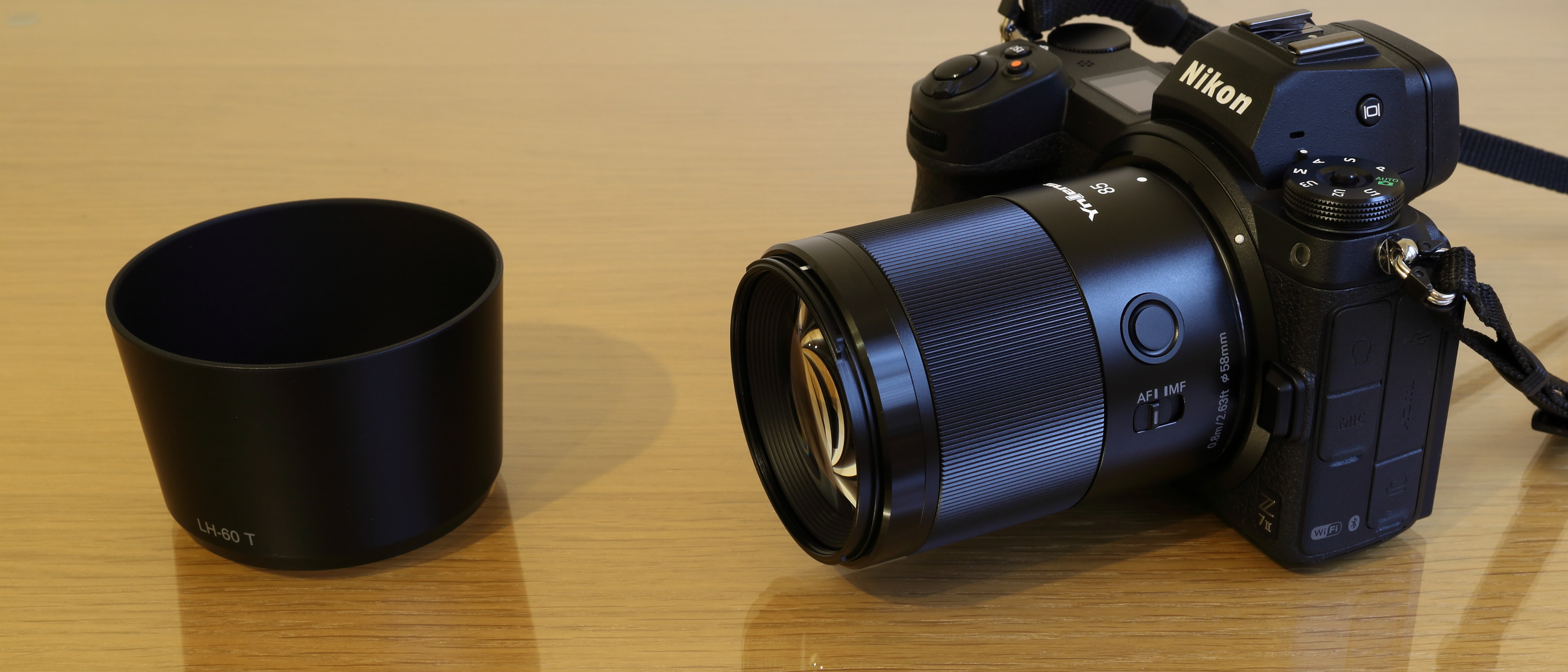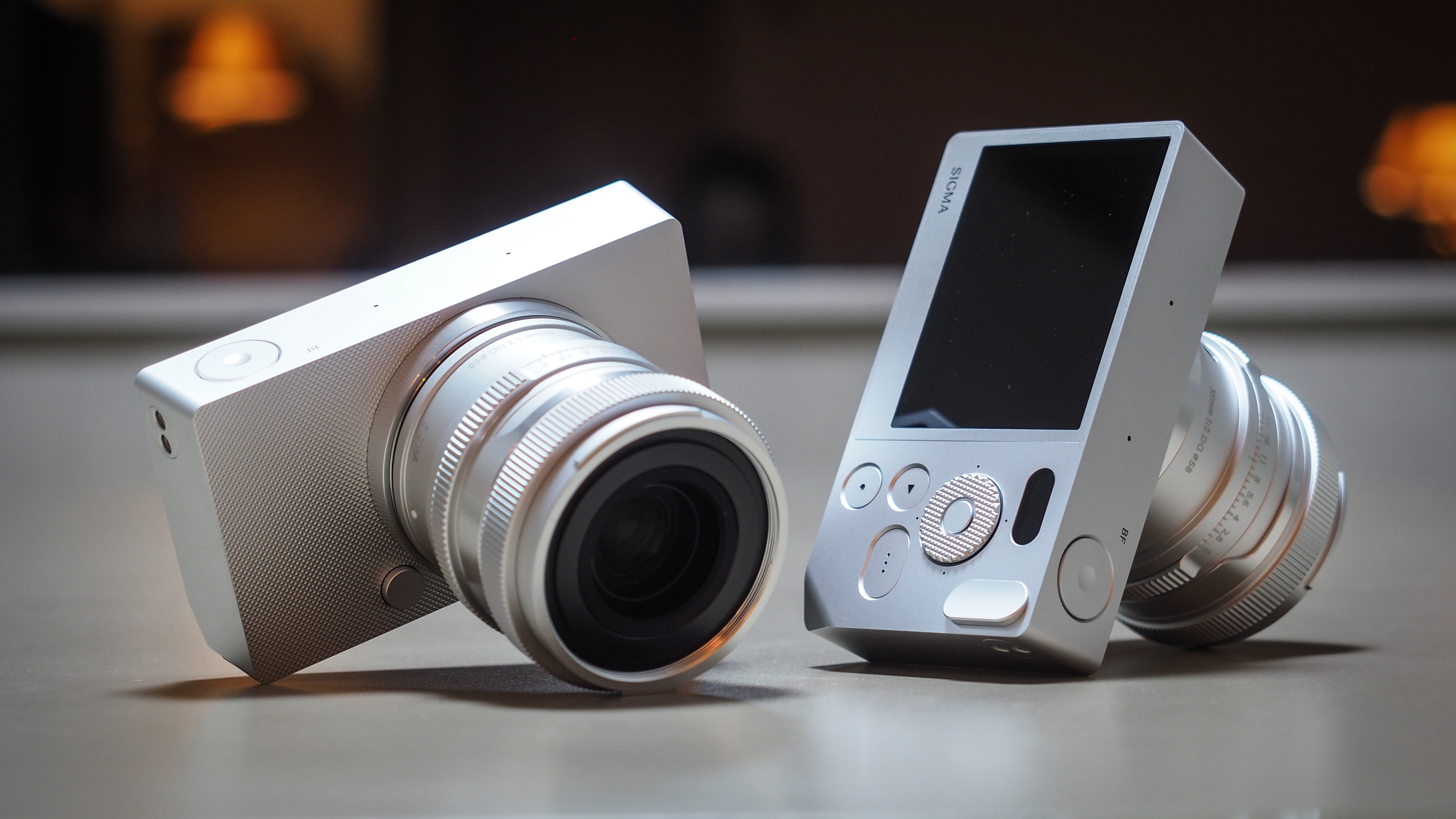Digital Camera World Verdict
There’s a growing rank of ‘dumb’ fully manual lenses for Nikon Z system cameras from independent manufacturers. They lack any electronics and therefore can’t communicate with the camera body, so there’s no autofocus, you have to set the aperture manually and there’s no EXIF data stored with images. This Yongnuo is entirely different, not only featuring autofocus but also boasting a customizable L-Fn (Lens function) button and customizable control ring. Its 85mm focal length and fast f/1.8 aperture make it ideal for portraiture and still life photography. As well as the Nikon Z edition, it’s also available in Sony E-mount, and it’s a standout bargain at the price.
Pros
- +
Desirable focal length and aperture
- +
Customizable controls
- +
Quick, virtually silent autofocus
Cons
- -
Poorly rounded aperture
- -
Noticeable lateral chromatic aberration
- -
Imprecise manual focusing
Why you can trust Digital Camera World
The Yongnuo YN85mm F1.8 DF DSM was originally designed for Sony E-mount mirrorless camerasand is now also available in a Nikon Z mount, and for Canon RF. The popular focal length and aperture combination of 85mm and f/1.8 enable a compact and lightweight build, while giving a short telephoto field of view and tight depth of field on full-frame cameras, ideal for portraiture and still life. As such, it goes head to head with the Canon RF 85mm F2 Macro IS STM and Nikon Z 85mm f/1.8 S, but at around half the price.
Specifications
Mount: Nikon Z, Sony E (FE), Canon RF
Full-frame: Yes
Autofocus: Yes
Stabilization: No
Lens construction: 9 elements in 8 groups
Angle of view: 28.8 degrees
Diaphragm blades: 7
Minimum aperture: f/16
Minimum focusing distance: 0.8m
Maximum magnification ratio: 0.13x
Filter size: 58mm
Dimensions: 67x88mm
Weight: 346g
Key features
We’ve seen plenty of fully manual lenses for Canon EOS R and Nikon Z system cameras from the likes of 7Artisans, Laowa, Samyang and more besides. Most deliver good image quality but are comparatively short on features. This Yongnuo lens is altogether different, with a feature set that rivals own-brand lenses costing around twice the price.
Autofocus is driven by a near-silent digital stepping motor and there’s a large manual focus control ring, although it lacks the precision that’s usually afforded by this type of system. Naturally though, being an ‘autofocus’ lens, you might seldom or never resort to manual focusing, given the accuracy of autofocus with current mirrorless cameras. A better option is to customize the control ring to perform other functions when in autofocus mode, like stepless aperture adjustment, ISO and exposure compensation. A physical AF/MF switch avoids the need to delve into camera menus to change modes.
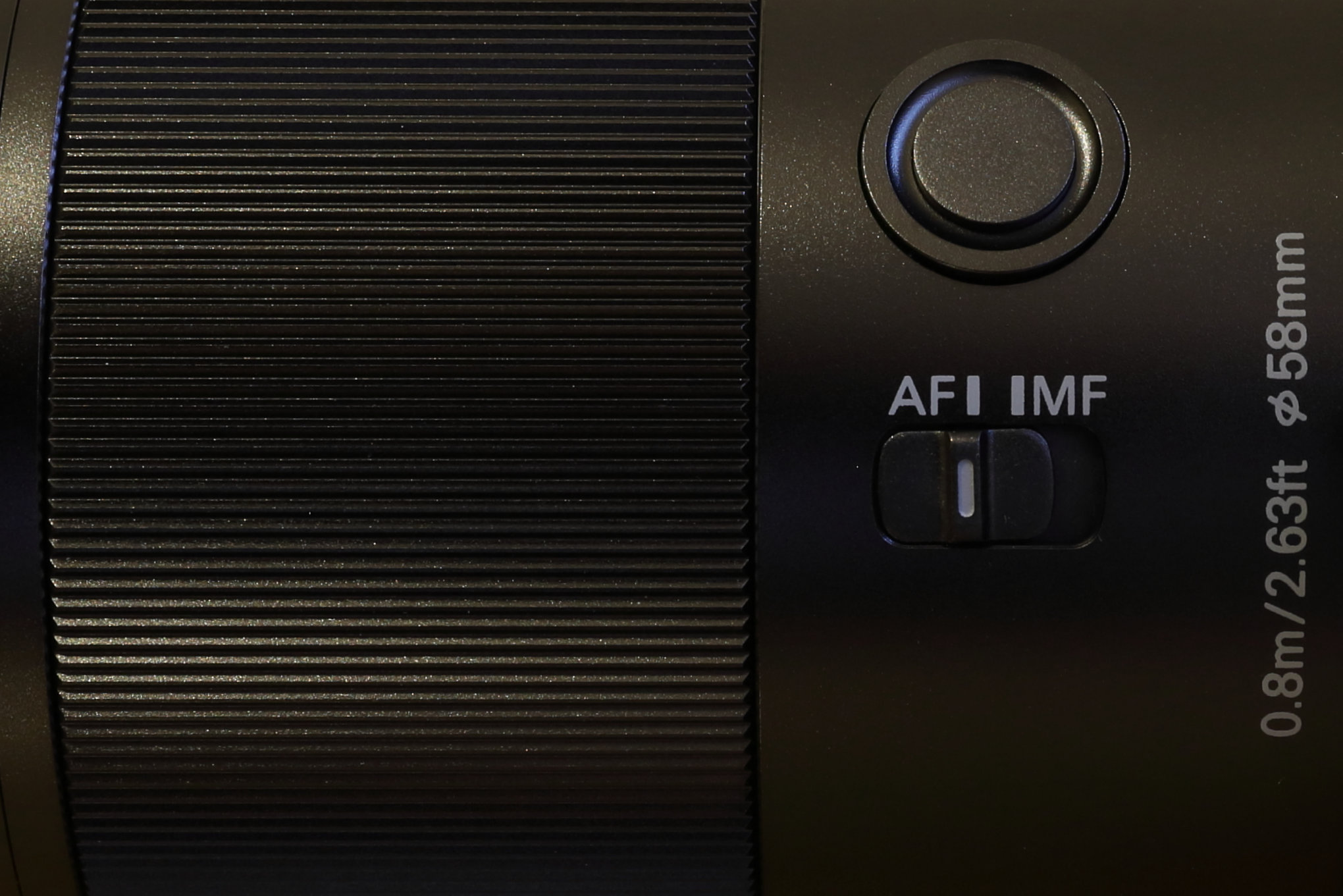
Even more remarkably at this price point, the Yongnuo also features a lens function button, which again is customizable via camera menus for operations like AF on/hold, exposure lock and more besides, depending on the host camera. The lens also features a USB C socket, which can be used for applying firmware updates. However, it lacks optical stabilization, which owners of first-generation Canon EOS R and Sony A7 cameras might find a problem. The same goes if you’re using the lens on the DX format Nikon Z 50 or Z fc.
Build and handling
The lens feels well built despite its budget price tag, and features a weather-seal gasket on its chrome-plated mount. The electronic connections are gold-plated and the optical layout includes one LD (Low Dispersion) element and one HR (High Refractive index) element. Nano-structure coatings are also applied to minimize ghosting and flare.
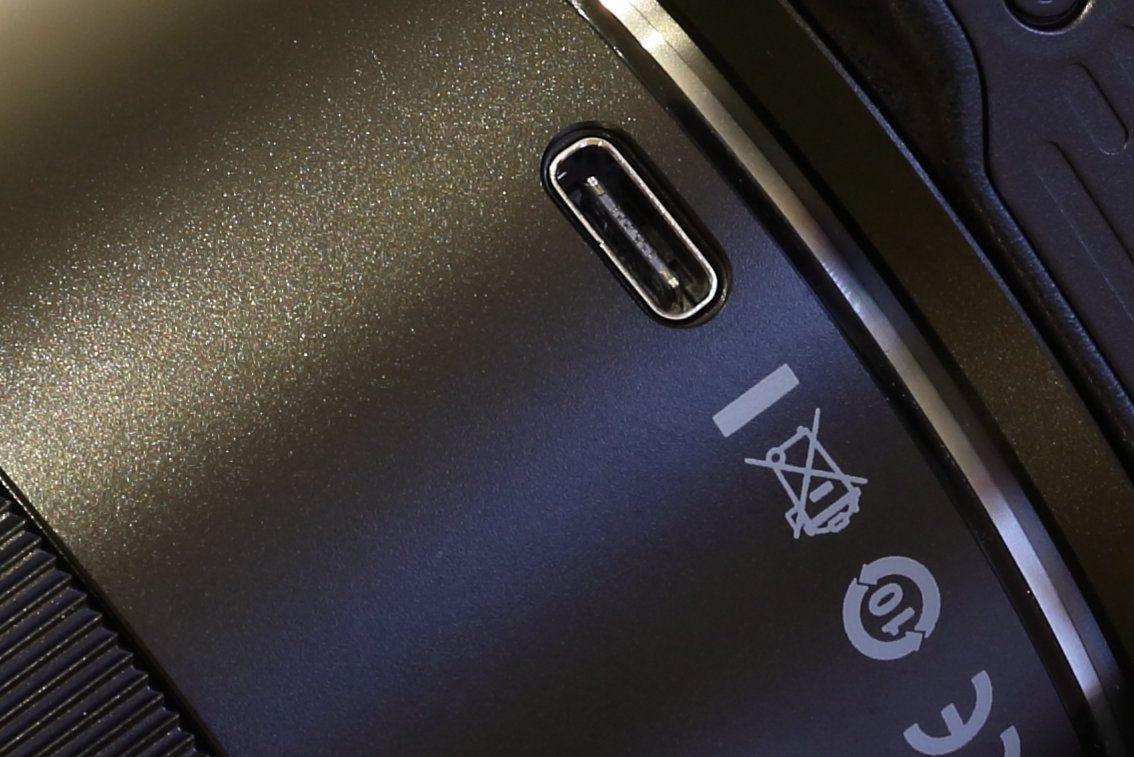
Our only complaints about the build and handling are that the aperture is based on just seven diaphragm blades and isn’t particularly well rounded, and that the focus control ring rotates a little too freely, with little feedback.
Performance
Autofocus speed is pretty nippy but not massively fast, and the stepping motor is whisper-quiet. Levels of sharpness are absolutely outstanding, even when shooting wide-open at f/1.8. Meanwhile, bokeh is pleasantly soft at f/1.8 and remains of good quality when stopping down a little, despite the aperture diaphragm only having seven blades.
‘Fast’ lenses often exhibit longitudinal/axial chromatic aberration, also known as bokeh fringing but the Yongnuo does very well in this respect. As such, color fringing around outlines just in front of or behind the point of focus is negligible. Lateral chromatic aberration is more problematic, especially at narrower apertures, but can largely be taken care of with automatic in-camera corrections.
Sample images
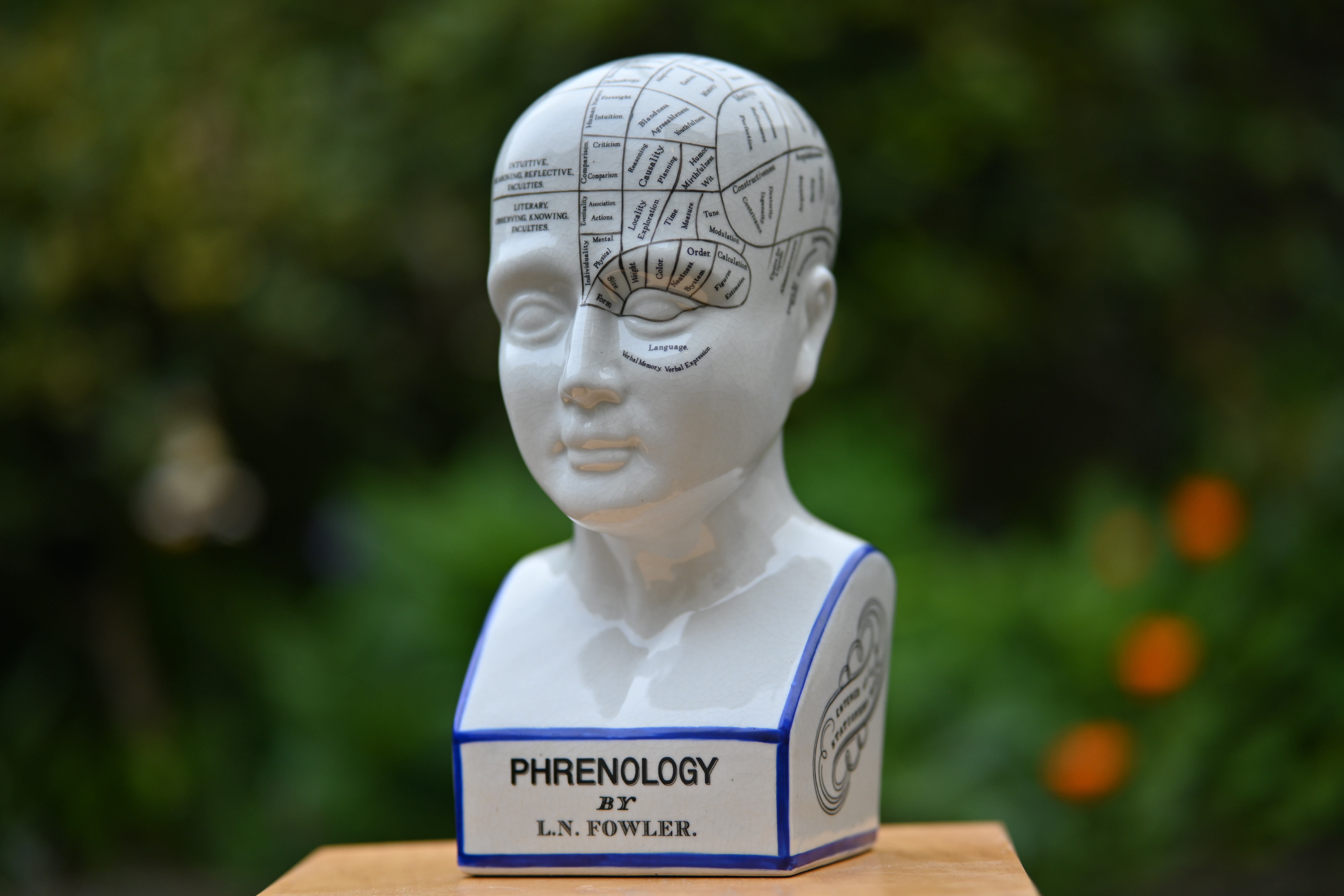
This sequence of shots shows how the depth of field and bokeh changes at apertures of f/1.8, f/2, f/2.8, f/4 and f/5.6.
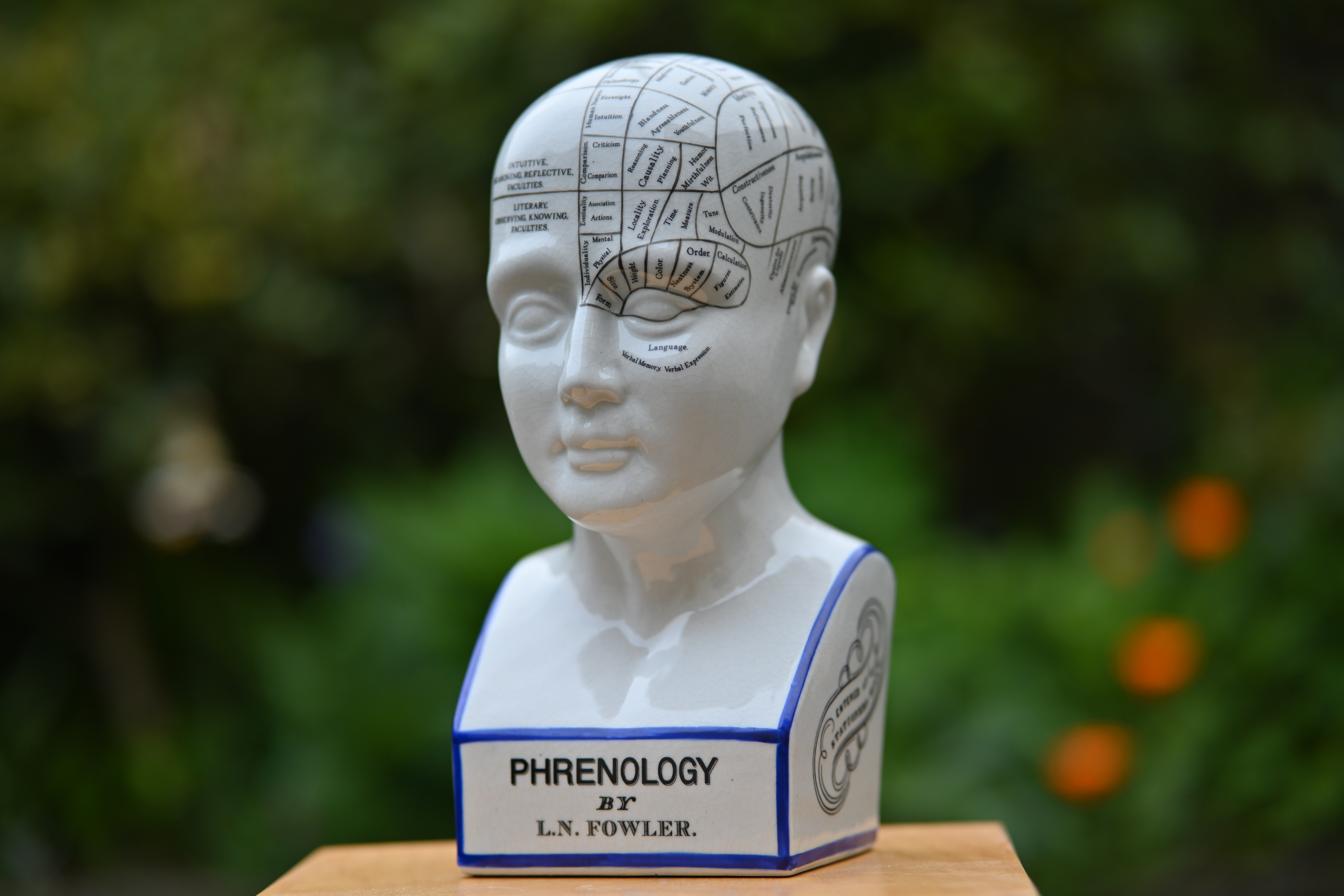
This sequence of shots shows how the depth of field and bokeh changes at apertures of f/1.8, f/2, f/2.8, f/4 and f/5.6.
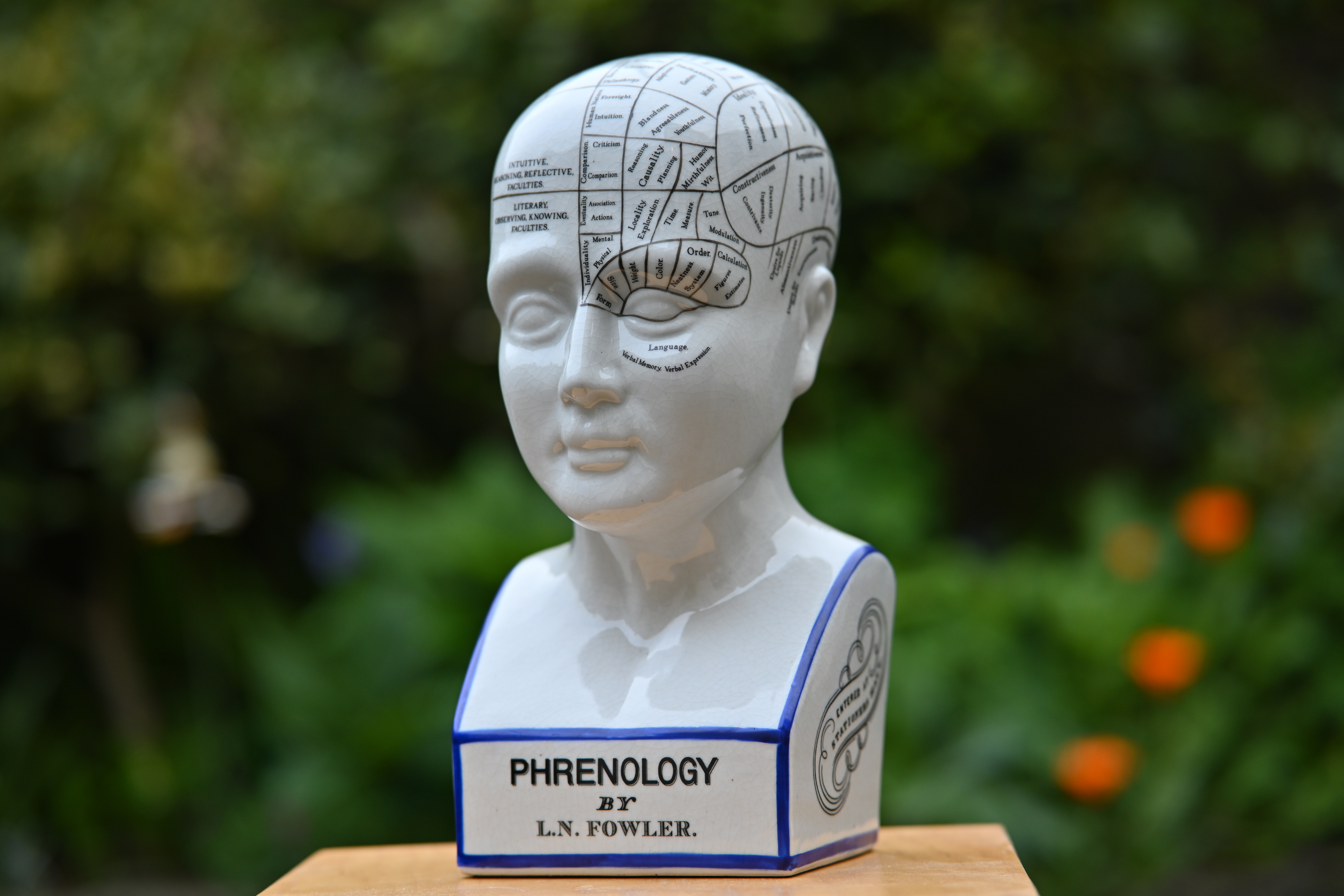
This sequence of shots shows how the depth of field and bokeh changes at apertures of f/1.8, f/2, f/2.8, f/4 and f/5.6.
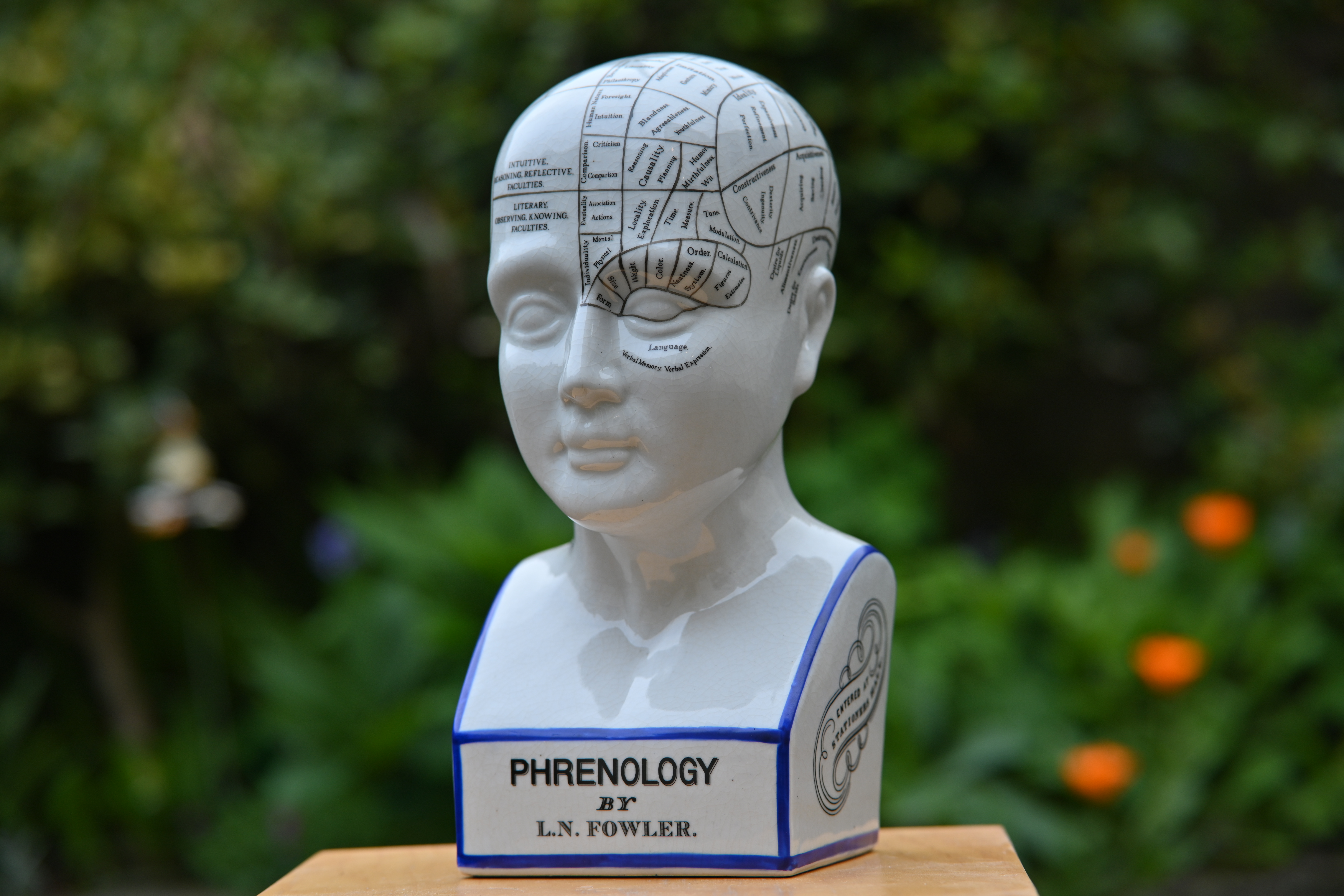
This sequence of shots shows how the depth of field and bokeh changes at apertures of f/1.8, f/2, f/2.8, f/4 and f/5.6.
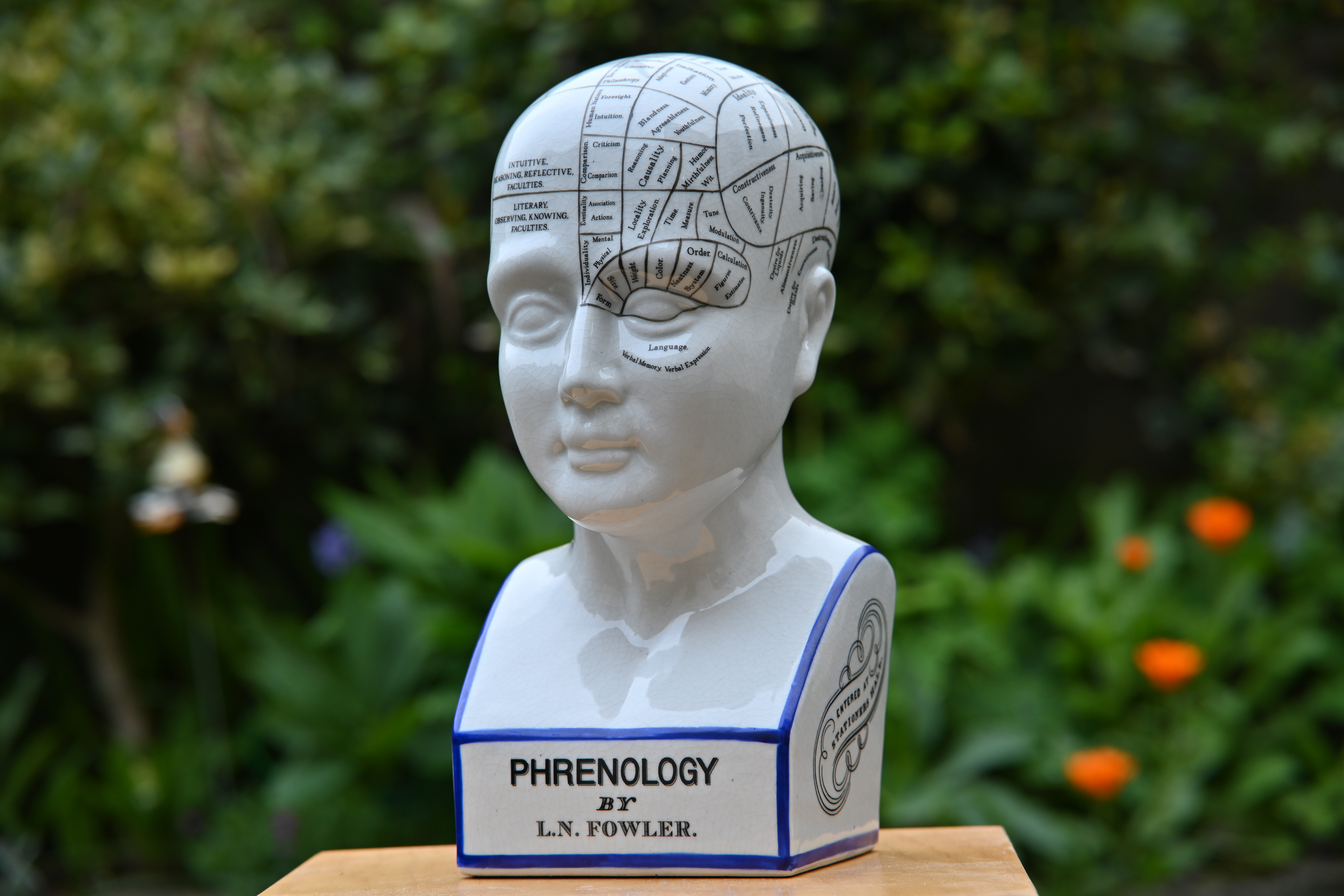
This sequence of shots shows how the depth of field and bokeh changes at apertures of f/1.8, f/2, f/2.8, f/4 and f/5.6.
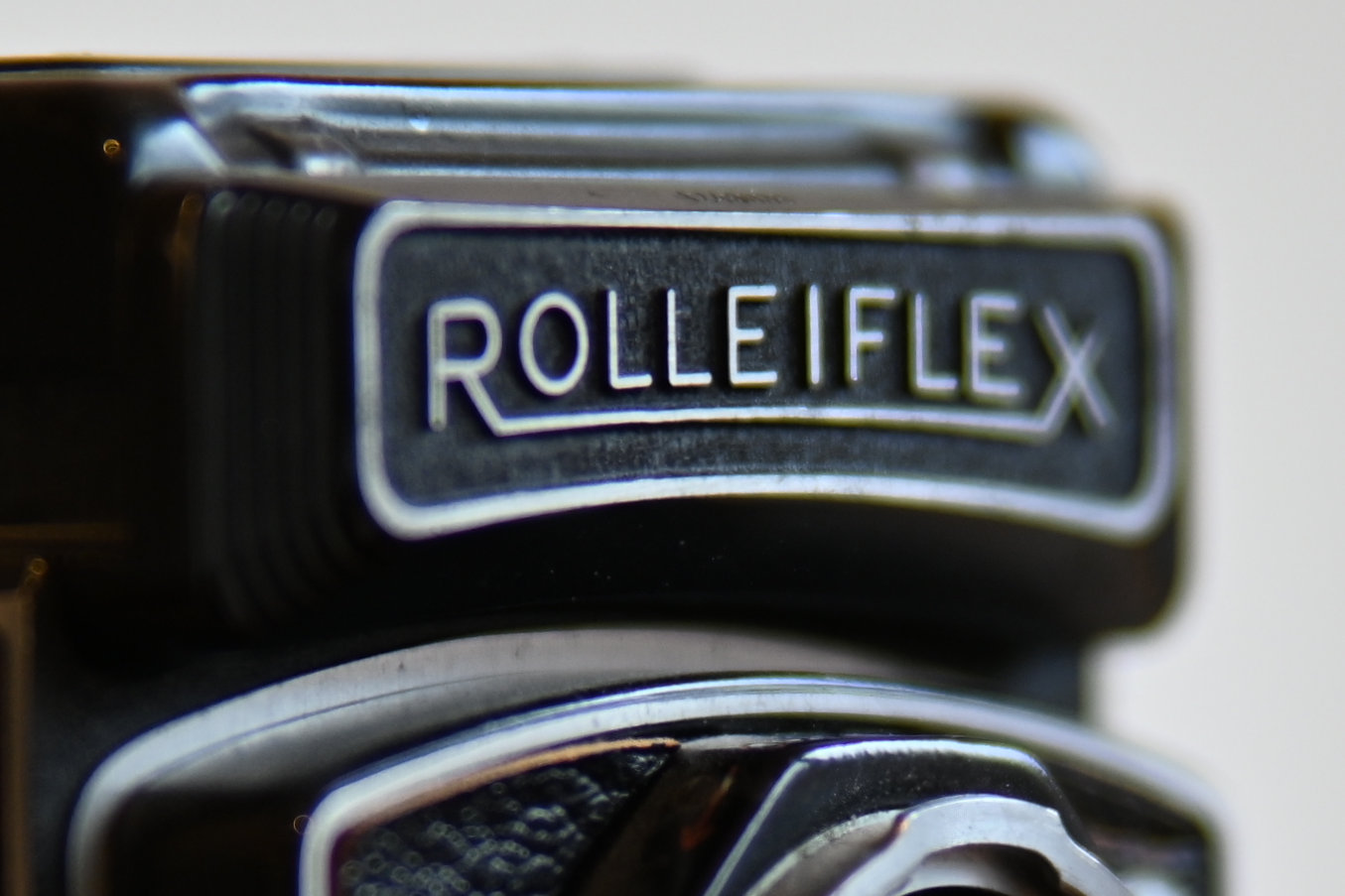
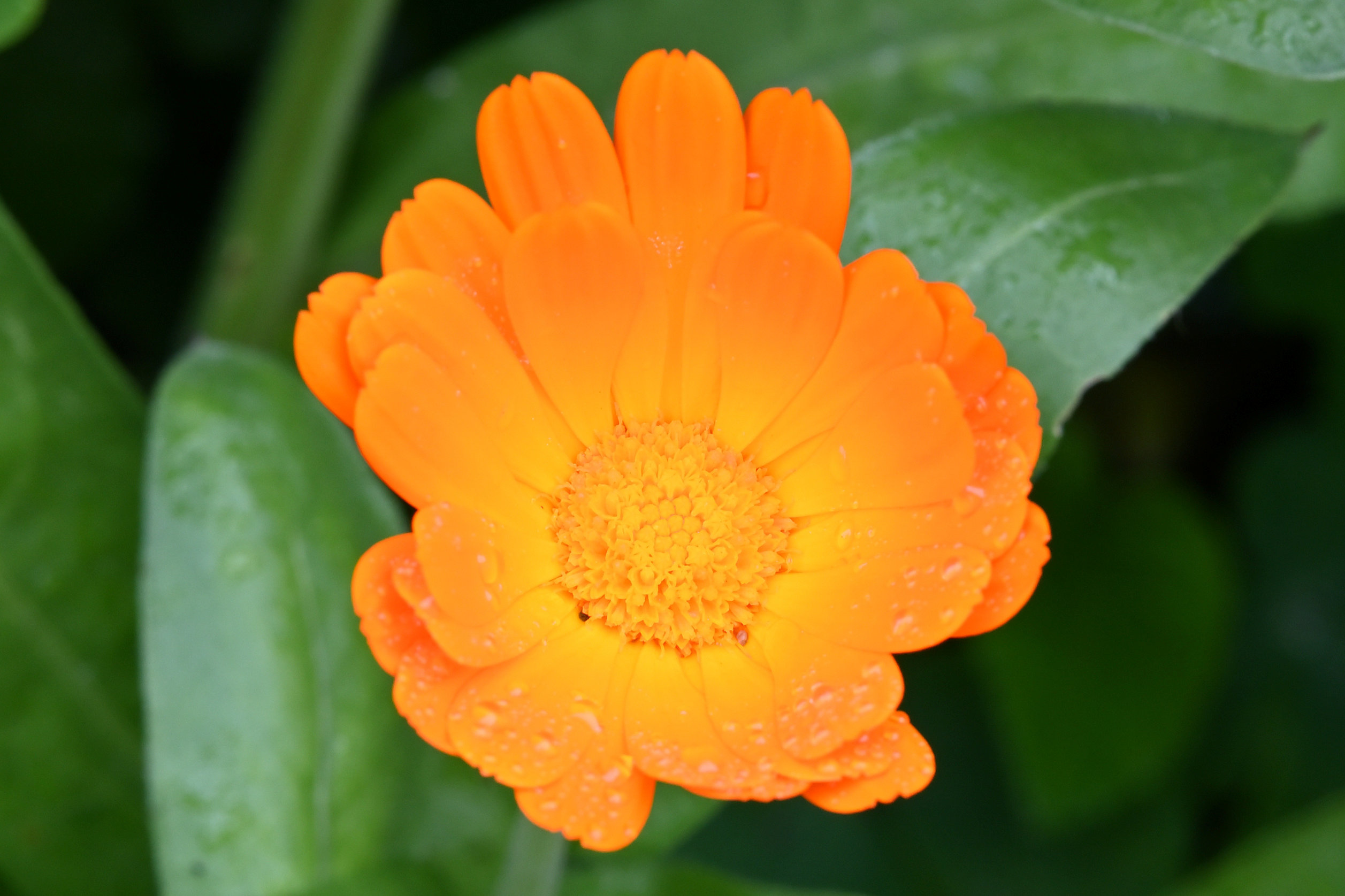
Lab results
We run a range of lab tests under controlled conditions, using the Imatest Master testing suite. Photos of test charts are taken across the range of apertures and zooms (where available), then analyzed for sharpness, distortion and chromatic aberrations.
We use Imatest SFR (spatial frequency response) charts and analysis software to plot lens resolution at the center of the image frame, corners and mid-point distances, across the range of aperture settings and, with zoom lenses, at four different focal lengths. The tests also measure distortion and color fringing (chromatic aberration).
Sharpness:
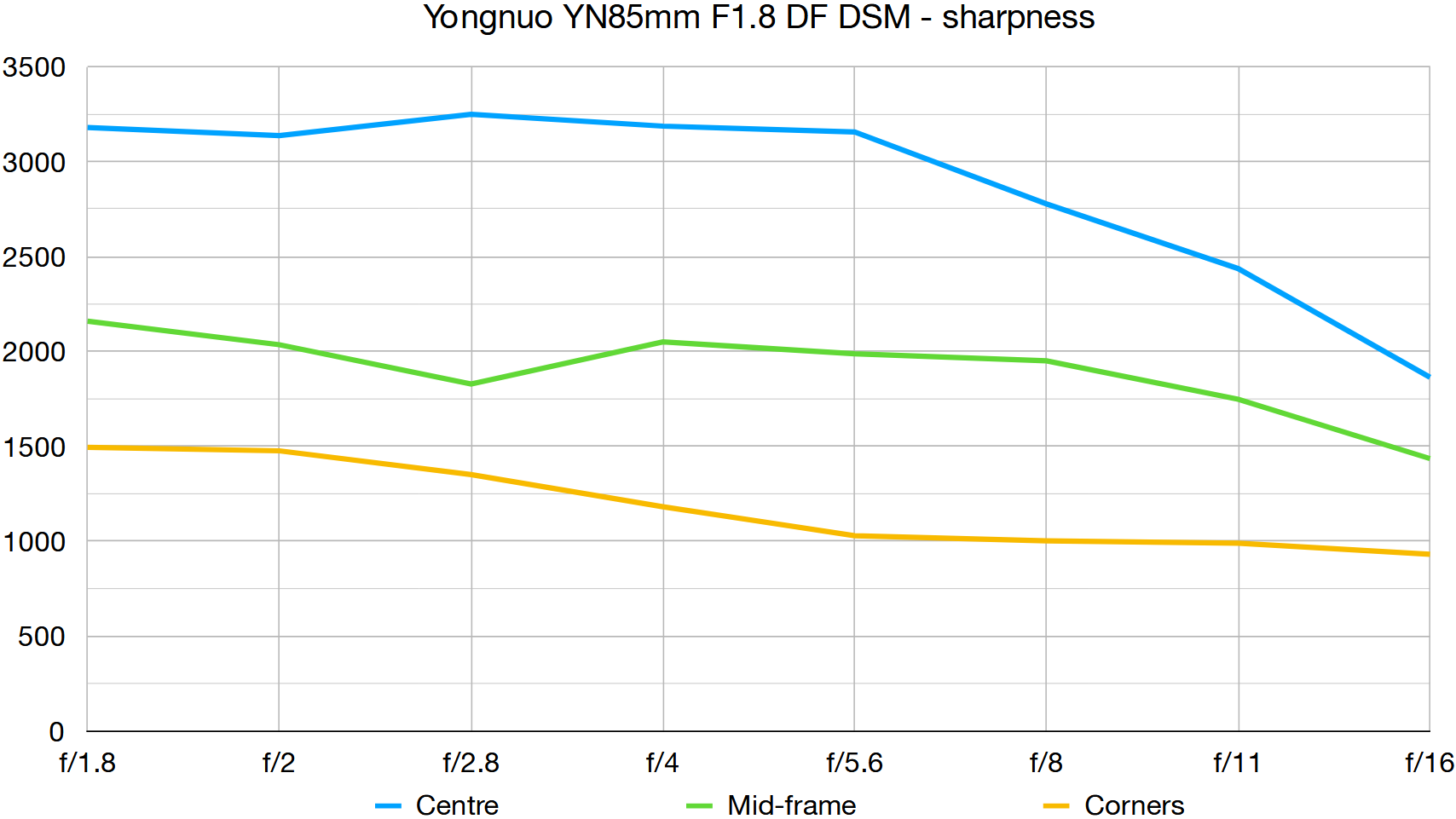
Even wide-open at f/1.8, sharpness is exceptional across nearly the whole image frame, and still holds up very well at the extreme edges and corners. Indeed, the lens is sharpest everywhere but the center of the frame at its widest aperture.
Fringing:

Axial/longitudinal chromatic aberration is minimal even wide-open but lateral chromatic aberration can be more noticeable towards the edges and corners of the frame, becoming worse as you stop down through the aperture range. Automatic in-camera correction comes in useful.
Distortion: 1.64
There’s a touch of pincushion distortion but it’s of a very low order and easily corrected if necessary, either automatically in-camera or manually at the editing stage.
Verdict
There’s a growing rank of ‘dumb’ fully manual lenses for Nikon Z system cameras from independent manufacturers. They lack any electronics and therefore can’t communicate with the camera body, so there’s no autofocus, you have to set the aperture manually and there’s no EXIF data stored with images. This Yongnuo is entirely different, not only featuring autofocus but also boasting a customizable L-Fn (Lens function) button and customizable control ring. Its 85mm focal length and fast f/1.8 aperture make it ideal for portraiture and still life photography. As well as the Nikon Z edition, it’s also available in Sony E-mount, and it’s a standout bargain at the price.
Read more:
• Best camera lenses to get
• Best Canon RF lenses
• Best Nikon Z lenses
• Best Sony lenses
Matthew Richards is a photographer and journalist who has spent years using and reviewing all manner of photo gear. He is Digital Camera World's principal lens reviewer – and has tested more primes and zooms than most people have had hot dinners!
His expertise with equipment doesn’t end there, though. He is also an encyclopedia when it comes to all manner of cameras, camera holsters and bags, flashguns, tripods and heads, printers, papers and inks, and just about anything imaging-related.
In an earlier life he was a broadcast engineer at the BBC, as well as a former editor of PC Guide.
